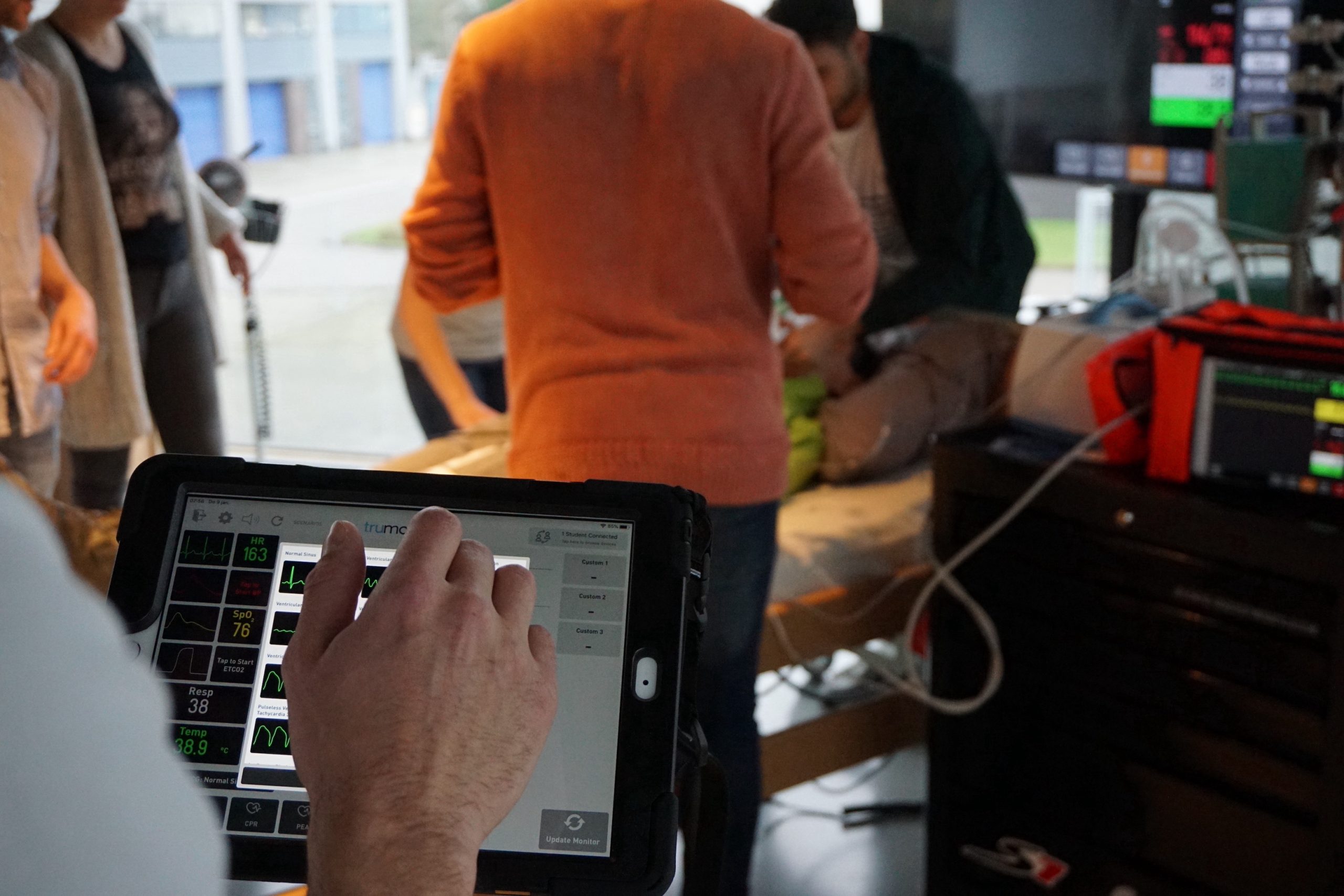Description
A vitally endangered patient is one in which one or more vital organ functions, such as breathing, circulation and consciousness, are impaired to the point where they are in danger of failure. Several studies show that patients often, prior to their circulatory arrest, show signs and symptoms of physical instability. This patient requires a rapid, medical response that cannot (always) be provided by the department where the patient lies. So recognizing these early signs is vital.
Course content
Purpose course
Upon completion of the course, nurses will be able to recognize the vitally endangered patient (in a clinical setting) using the ABCDE methodology and apply associated interventions.
- To name the purpose and steps of the ABCDE methodology.
- Name the observations associated with the ABCDE methodology.
- Name the interventions associated with the ABCDE methodology.
- Utilize an “EWS tool” to map the vitally endangered patient.
- Using a “(M)EWS tool” to take appropriate actions;
- Utilize the SBAR method while communicating with different responders.
- Using ABCDE methodology to recognize the vitally endangered patient and apply associated interventions.
Target group and level
Level 4 and 5 nurses working in the hospital.
Study Material
No
Length and study load
Practical training: 1 day (8 hours).
Review
Continuous assessment by the instructor throughout the training.
Certification and accreditation
Upon completion, you will receive the Excellus Academy certificate ” Applying ABCDE methodology.”
If desired, V&VN accreditation can be applied for by us
Cost
Please contact us for a free quote.




